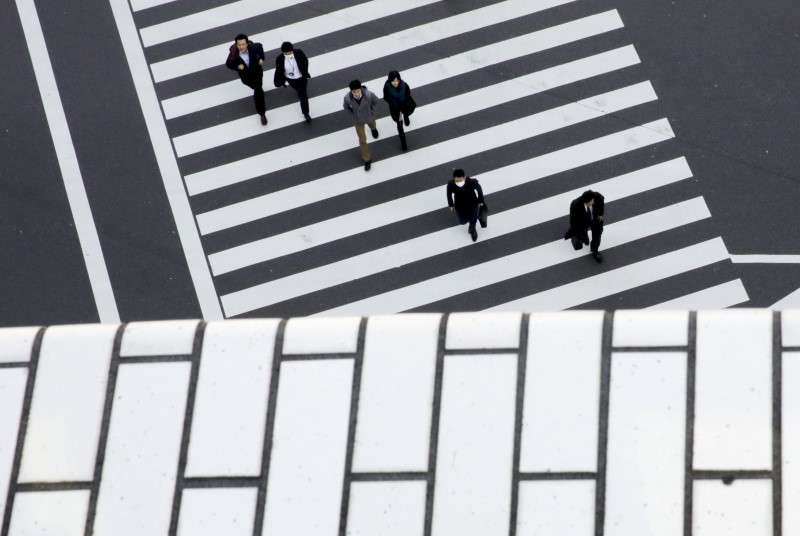Investing.com-- Japanese consumer inflation grew above expectations in August, data showed on Friday, coming just a few hours before a Bank of Japan meeting that is expected to offer more cues on a potential move away from negative interest rates.
National core consumer price index inflation, which excludes volatile fresh food prices, rose 3.1% in August, data from the Statistics Bureau showed on Friday. The reading was above forecasts of 3%, and remained steady from the prior month’s reading of 3.1%.
Including fresh food prices, national CPI inflation grew 3.2% in August, compared to a 3.3% rise in July. Its pace of monthly growth also slowed to 0.3% in August from 0.5% in July.
But another core reading, which excludes both fresh food and fuel prices- grew 4.3% in August, remaining squarely at an over 40-year peak. Steady spending on food and consumer goods was the biggest contributor to inflation through the month, largely offsetting the effect of government subsidies on electricity and fuel.
The core reading is also closely watched by the BOJ to gauge the state of underlying inflation in Japan, and has been increasing steadily this year despite declines in overall inflation.
Headline CPI inflation remained well above the BOJ’s 2% annual target for the seventeenth consecutive month, drumming up speculation that the bank was close to signaling a potential end to its ultra-low interest rate regime.
The BOJ is set to decide on interest rates at the conclusion of a monetary policy meeting later in the day. While analysts expect the bank to largely maintain its ultra-dovish course, Governor Kazuo Ueda had recently said that the BOJ was considering an end to negative interest rates, although he did not specify when such a move will be carried out.
Ueda signaled that the BOJ had rolled out a substantial amount of stimulus over the past seven years, and was now beginning to see signs of steady wage growth and inflation.
Rising inflation saw the BOJ adjust its yield curve control stimulus measures twice in the past year. The move pushed up bond yields and also briefly supported the yen.
But weakness in the yen, which was trading at 10-month lows to the dollar amid a widening gulf between local and U.S. interest rates, has also been a key driver of Japanese inflation, given that it makes imports more expensive.
An increase in August inflation comes in line with stronger inflation prints in most developed economies, which were pressured by a spike in oil prices over the past two months.
